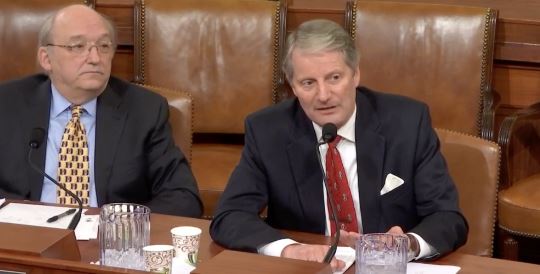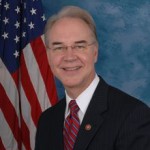How to Solve the Pre-Existing Condition Problem
 The primary sticking point in health reform is what to do with high -cost individuals who have pre-existing health conditions. People with episodic medical needs are easy to insure, while those with persistent needs are far more difficult unless insurers are allowed to underwrite enrollees’ risk. Republicans have long favored high-risk pools to cover individuals who are otherwise uninsurable. Prior to the Affordable Care Act (ACA) just over two-thirds of states had some type of high-risk pool. Most people turned down prior to the Affordable Care Act could ultimately obtain coverage either at a higher price or after meeting some preconditions. In 2011, high-risk pool enrollment varied from 0.1% in Alabama to a high of 10.2% in Minnesota. By most accounts only about 2% of people are uninsurable. However, one Kaiser Family Foundation study argues the actual rate may be a dozen times higher.
The primary sticking point in health reform is what to do with high -cost individuals who have pre-existing health conditions. People with episodic medical needs are easy to insure, while those with persistent needs are far more difficult unless insurers are allowed to underwrite enrollees’ risk. Republicans have long favored high-risk pools to cover individuals who are otherwise uninsurable. Prior to the Affordable Care Act (ACA) just over two-thirds of states had some type of high-risk pool. Most people turned down prior to the Affordable Care Act could ultimately obtain coverage either at a higher price or after meeting some preconditions. In 2011, high-risk pool enrollment varied from 0.1% in Alabama to a high of 10.2% in Minnesota. By most accounts only about 2% of people are uninsurable. However, one Kaiser Family Foundation study argues the actual rate may be a dozen times higher.









